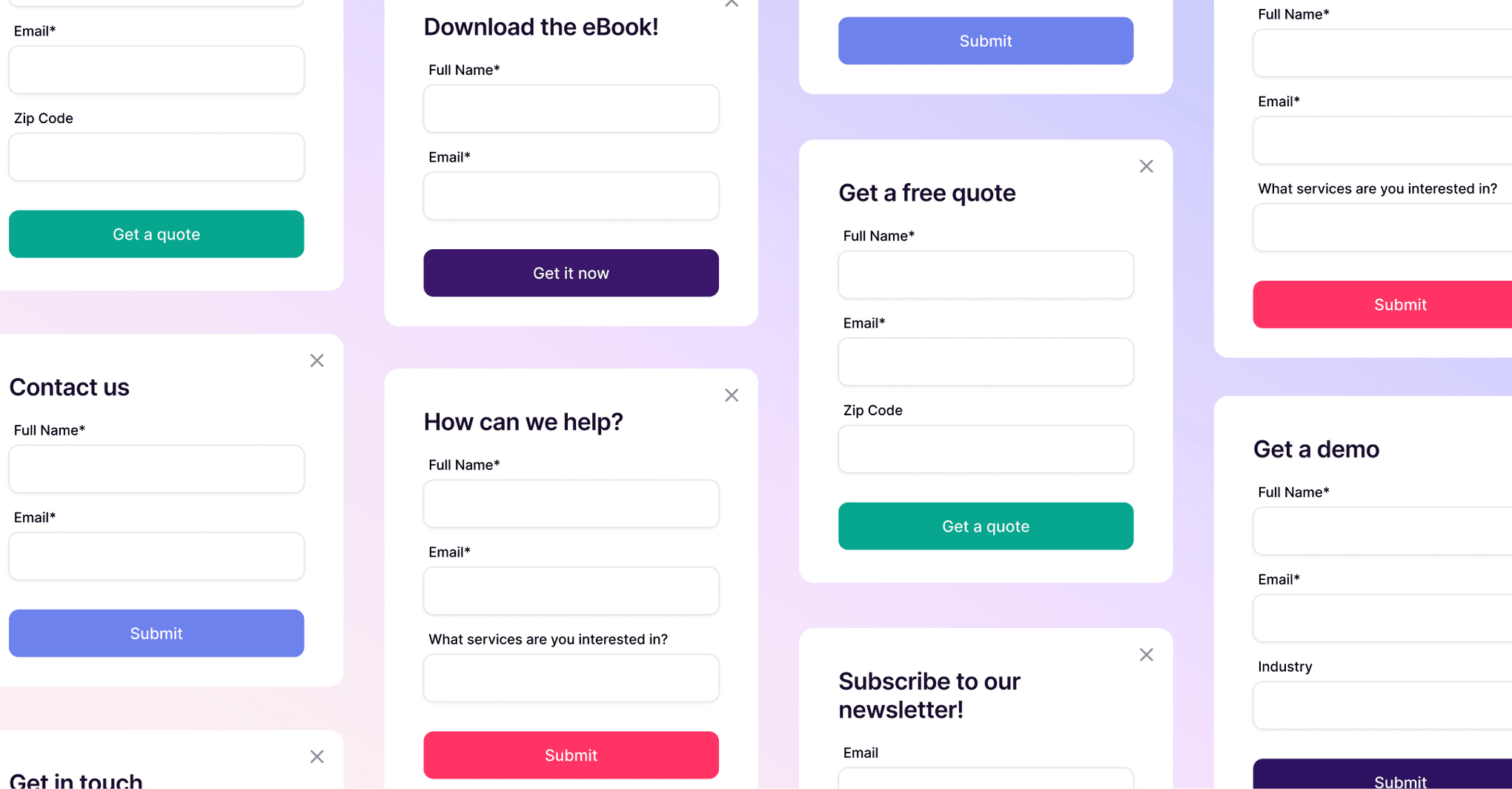Dennis Fois
CEO
Now that we’ve discussed a new model for organizing our relationships, we can begin to determine when and how we want to connect with our business contacts.
Creating a plan for connecting with business contacts
First, look at the cadence you want to develop and then at the types of connections you have to assess the health of the relationship. And again, this is begging the question: Why doesn’t CRM perform this function for us today?
Defining a cadence
Based on the labels for contact types that we shared last time, for example, we might institute the following cadence:
- Prospective buyers - contact every 1-2 weeks
- Contributors - contact every 3 weeks
- Influencers and advisors - contact every 4 weeks
It’s important to note that contact-frequency goals are shared with and distributed among my team or my company. It isn’t me personally who has to reach a prospective client each time, but we collaborate on a cadence across all team members — within both my company and my prospective client’s company — where we seek to orchestrate a touch every 1-2 weeks.
Contact frequency is an area in which visibility becomes a critical component of a CRM. Real relationship building looks something like this:
- I reach out to the CEO at a prospective client on day 1; she’s an influencer in this sales cycle and we agree to talk on day 4.
- The AE on this account, Kristi, has a demonstration set up on day 9 with the Heads of Sales and Head of Marketing. They’re the buyers.
- I want to ensure that the essence of my discussion is passed on from the CEO to the Heads of Sales and Marketing before Kristi gets on her call. I need to track that this communication happened and Kristi needs to see this as well.
- Furthermore, their Head of Marketing is a colleague of my CMO, Carrie, and I might want a priming email sent by Carrie to warm up the call, on day 8.
- Our sales engineer Scott sends a security document to the prospective client’s Head of IT, who is a contributor, on day 12. I want to ensure that Kristi knows whether that document was received and read.
By the end of 2 weeks, we’ve had four touch points across eight people to establish the value of our solution for this prospective client. Imagine if you could use CRM to neatly plan, implement, and see all of these contact points. What a beautifully orchestrated build of a new relationship that would be.
Can you do this in CRM today? Not without hours of sleuthing, digging, and follow up — and a bunch of frustration that this functionality isn’t already neatly laid out for you.
Navigating connection type
It’s also important to understand that not all connections or touch points are created equally. A call or video conference is better than an email. An email that goes unanswered doesn’t count as a contact point. A document that’s shared has to be read or forwarded to be meaningful.
The way in which we connect or interact with our relationships provides us with an indication of their health. CRM today may show you what outreach you’ve done (usually in a hidden corner of the app), but it doesn’t easily show you the outcome of that outreach. And it should, or else why are we tracking these things in the first place?
The next era of CRM
CRM needs to help us share and understand the rich context of our interactions together — because relationship management in the context of business is a team sport. A new CRM model should allow us to identify weak spots within our customer and prospect base, so we can course-correct accordingly.
Next time we’ll get into how relationship growth translates to revenue, and how we can shift our thinking from closing a sale to building a valuable asset, aka a real relationship. Stay tuned.






